A summer dress is one of the most essential wardrobe pieces for warm weather. It combines light fabrics, breathable designs, and stylish cuts to keep wearers cool and confident. Whether you’re heading to a beach party, a garden wedding, or a casual brunch, a summer dress offers effortless elegance. These dresses come in countless styles, from flowy maxi lengths to flirty mini silhouettes.
In fact, what makes a summer dress so popular is its ability to adapt to different occasions and body types. Many feature sleeveless necklines, empire waists, or wrap details that enhance comfort and fit. They use soft materials like cotton, linen, rayon, or chiffon to reduce heat retention. As a result, people across ages and lifestyles choose a summer dress for both function and fashion. Therefore, understanding its many forms helps anyone build a versatile, season-ready closet.
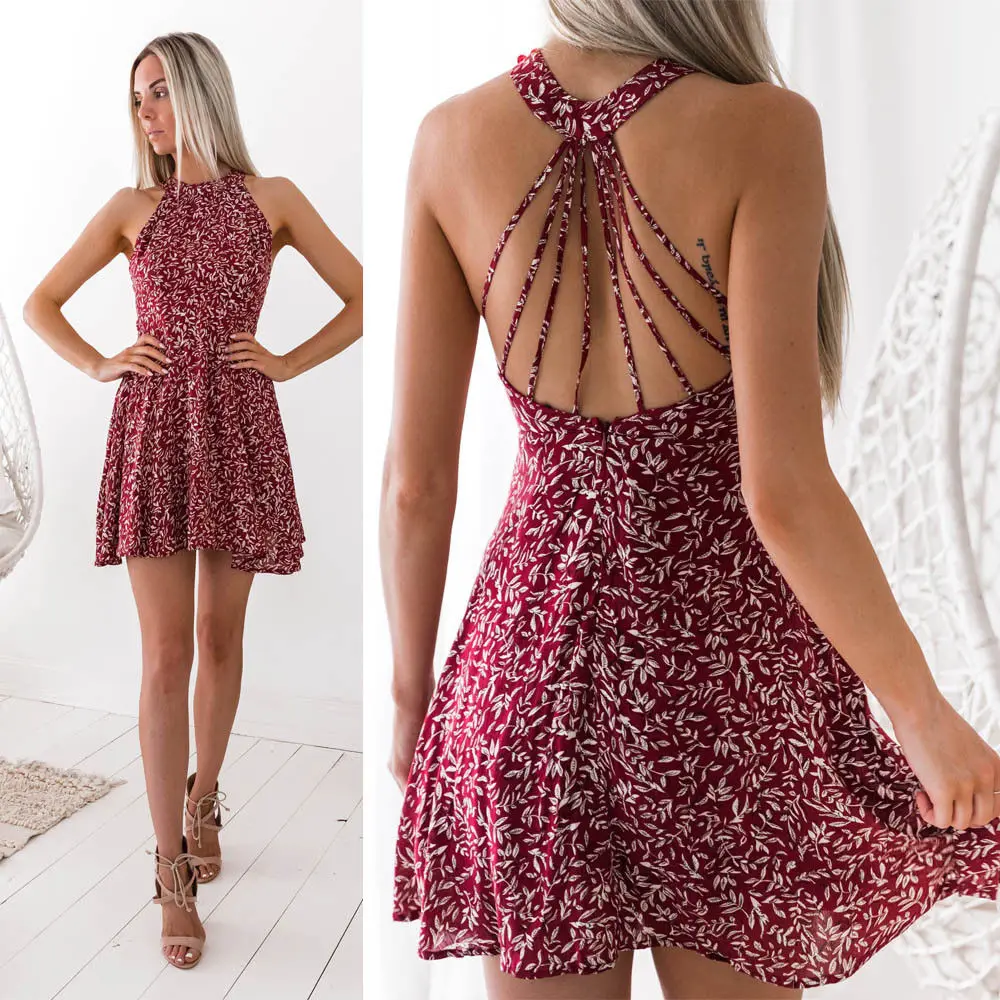 The Functional Design
The Functional Design
A summer dress performs well because of its smart construction and fabric choice. First, it uses lightweight textiles that allow airflow. Cotton breathes easily and absorbs sweat. Linen wicks moisture fast and dries quickly. Rayon drapes smoothly and feels cool against the skin.
Second, the cut supports freedom of movement. Loose fits prevent clinging in high temperatures. A-line shapes flare gently from the waist. Shift styles hang straight down for a relaxed look. Both reduce contact with the body, minimizing discomfort.
Necklines also contribute to cooling. V-necks, scoop necks, and halter styles expose more skin safely. Spaghetti straps or sleeveless armscyes increase ventilation. Backless or racerback options suit active days.
Additionally, many summer dresses include built-in linings. These provide coverage without adding bulk. Some use moisture-wicking layers for extra protection.
As a result, users stay dry and comfortable throughout the day. Hence, the functional design goes beyond beauty—it enhances daily living.
How a Summer Dress Differs from Other Seasonal Dresses
A summer dress differs significantly from winter or fall attire. First, it avoids heavy materials like wool, velvet, or thick knits. These trap heat and cause overheating. In contrast, a summer dress relies on airy weaves and open structures.
Second, length and layering vary. Winter dresses often pair with tights and coats. Summer dresses stand alone or work with sandals and sun hats. Long sleeves give way to strapless or off-the-shoulder styles.
Color choices shift too. Dark tones absorb sunlight. Summer dresses favor light neutrals, pastels, or bright prints. White, coral, sky blue, and floral patterns dominate. These reflect light and create a cheerful vibe.
Moreover, washing and care differ. Many summer dresses are machine washable. Delicate trims may require gentle cycles. But overall, they demand less maintenance than lined or structured garments.
Therefore, upgrading to a summer dress means choosing breathability, simplicity, and seasonal appropriateness.
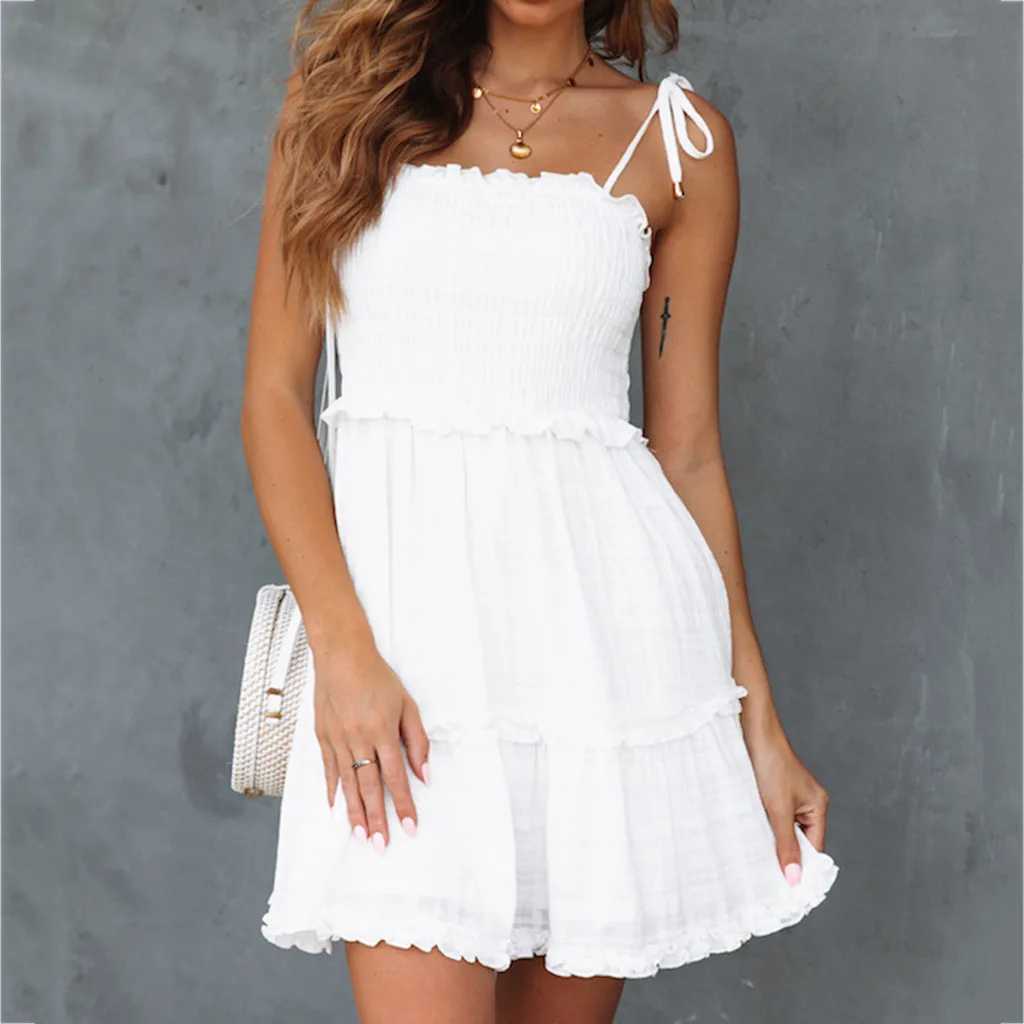 Why Breathability Matters in a Summer Dress
Why Breathability Matters in a Summer Dress
Breathability plays a major role in how comfortable a summer dress feels. When your body heats up, it sweats to cool down. If the fabric blocks airflow, sweat stays trapped. This leads to stickiness, odor, and irritation. However, a breathable summer dress solves this problem.
It allows air to circulate freely between the skin and fabric. Tiny pores in natural fibers act like escape routes for vapor. Mesh panels or sheer overlays boost ventilation. As a result, core temperature stays lower.
This benefit matters during outdoor events, city walks, or humid climates. Runners avoid sticky backs. Cyclists feel less humid under helmets. Even walking in direct sun becomes easier.
Additionally, breathability improves focus. Discomfort distracts from enjoyment. Cool, dry skin helps maintain mental clarity.
For people with sensitive skin, breathability reduces rashes and chafing. Less moisture means fewer friction points. Hence, wearing a summer dress isn’t just about staying cool—it’s about staying healthy and focused.
Materials Used
The fabric determines how well a summer dress performs. Most premium models use cotton blends. Cotton feels soft and breathable. It resists pilling and holds shape after washes. Adding spandex increases stretch and flexibility.
Linen remains a top choice for hot regions. It absorbs moisture efficiently. It also releases it fast, drying quicker than cotton. However, it wrinkles easily. Blending it with rayon reduces creasing.
Rayon, especially viscose, drapes beautifully. It mimics silk at a lower cost. It flows over curves without clinging. Modal and TENCEL™ versions offer eco-friendly alternatives. They come from sustainably sourced wood pulp.
Chiffon and georgette appear in formal summer dresses. These sheer fabrics add volume without weight. They work well for overlays and layered looks.
Eco-conscious buyers prefer organic cotton or recycled fibers. Sustainable dyes and low-waste production appeal to green shoppers.
By combining these materials, manufacturers create summer dresses that perform under real conditions.
Best Uses
A summer dress fits a wide range of activities and lifestyles. At the beach, it works as a cover-up over swimwear. Lightweight fabrics dry quickly. Flowing hems move with the breeze.
For weddings or garden parties, midi and maxi styles deliver elegance. Floral prints, lace trims, and ruffled hems enhance charm. Pair them with wedges or strappy heels.
Travelers pack summer dresses for convenience. One piece replaces multiple outfits. Rolled tightly, it fits into small bags. Worn with a cardigan, it handles cooler evenings.
Even office workers use them in casual workplaces. Choose solid colors or subtle prints. Add a blazer for professionalism.
Pet owners, gardeners, and remote workers find them practical. Hence, the summer dress serves far more than just aesthetic purposes.
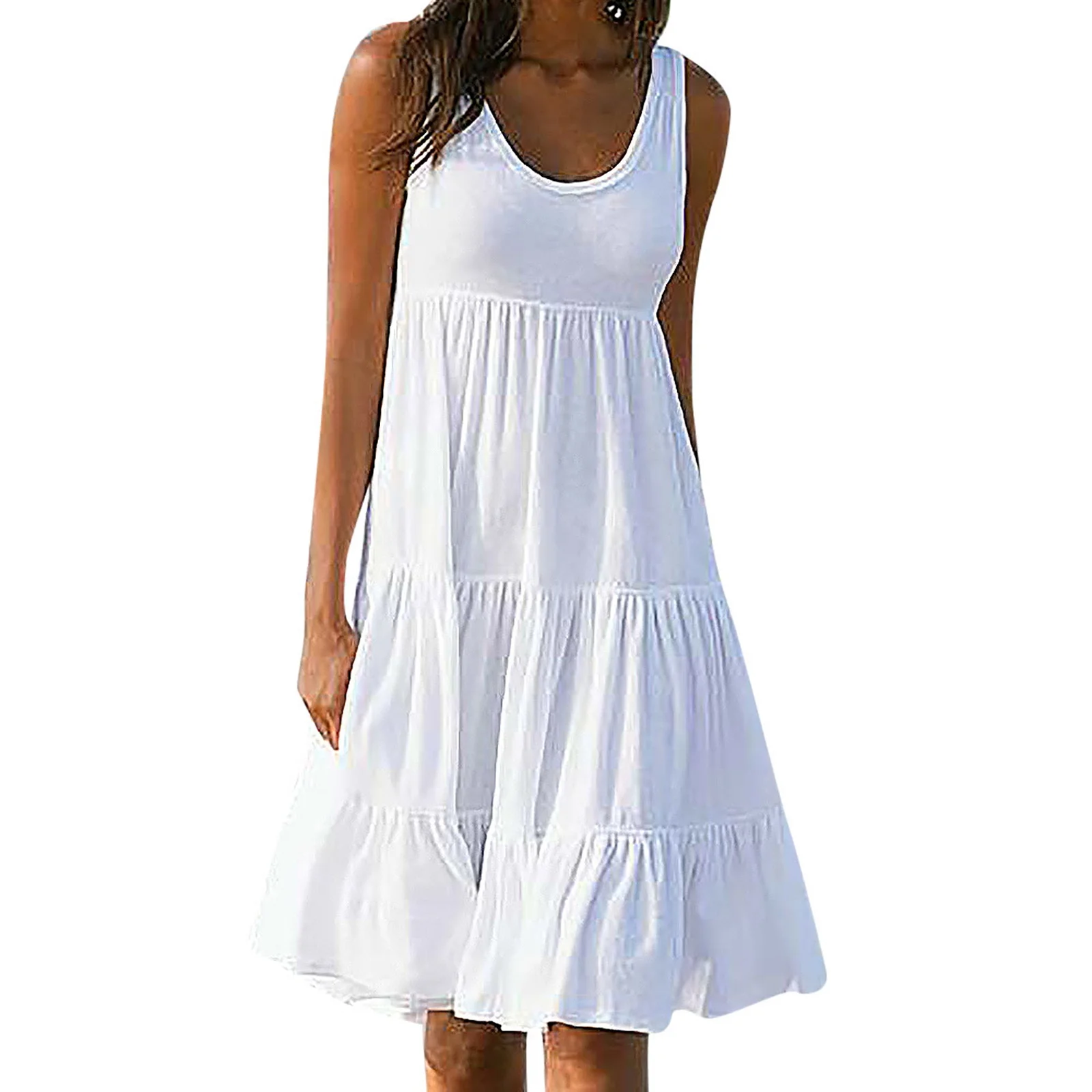 Choosing the Right Fit and Length
Choosing the Right Fit and Length
Finding the correct size ensures maximum comfort and style. Many summer dresses run slightly loose. This fit promotes airflow and ease. However, going too large causes excess fabric bunching. Going too small restricts movement.
Always check the brand’s sizing chart. Do not assume your usual size matches. Measure bust, waist, and hips. Compare them directly. Some brands list sizes in inches or centimeters.
Pay attention to length and cut. Maxi dresses reach the ankle. They suit tall wearers or formal events. Midi styles hit below the knee. These balance modesty and flair. Minis show more leg. They work for young adults or nightlife.
Try the dress before extended wear. Walk, sit, and bend forward. These motions test flexibility and coverage. If the fabric pulls or gaps, consider a different size.
For layering, choose a smooth finish. Textured fabrics show under sheer materials. Seamless edges prevent visible lines under fitted clothes. A well-fitted summer dress feels secure and invisible.
Care and Maintenance Tips for Long-Lasting Wear
Proper care extends the life of a summer dress significantly. First, always check the label. Some fabrics require hand washing. Others tolerate gentle machine cycles. Follow instructions carefully.
Wash in cold water. Hot temperatures damage elastic fibers and cause shrinkage. Use a mild detergent free from bleach or fabric softeners. These chemicals break down delicate fibers.
Turn the dress inside out before washing. This protects printed logos and outer fabric. Wash with similar colors and materials. Avoid heavy jeans or towels that create friction. A mesh laundry bag adds extra protection.
Air drying is best. Tumble drying wears out spandex and fades colors. Hang the dress in a shaded area. Direct sunlight weakens dyes over time.
Do not iron unless necessary. High heat ruins technical finishes. If needed, use a cool setting and place a cloth between iron and fabric.
Store folded or on padded hangers. Thin hangers stretch the shoulders. Follow these steps, and your summer dress will perform well for years.
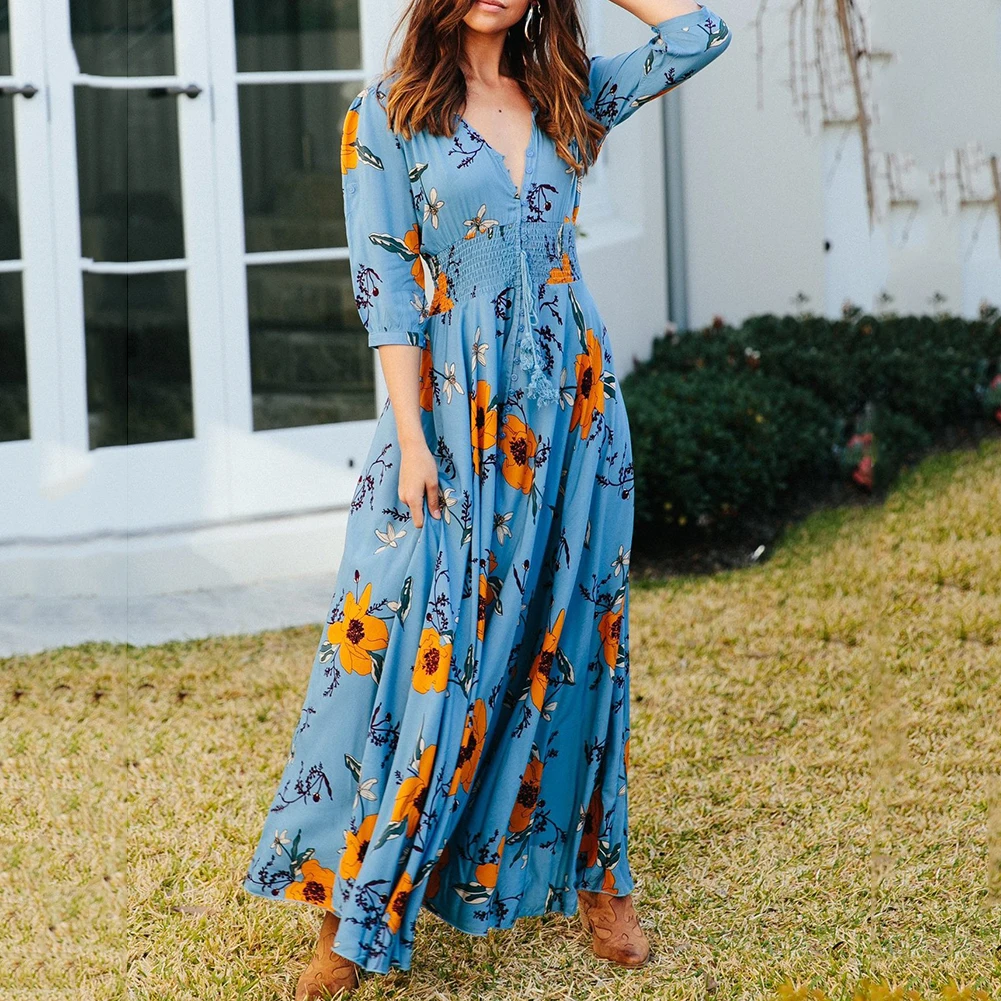 The Role of Summer Dresses in Sustainable and Inclusive Fashion
The Role of Summer Dresses in Sustainable and Inclusive Fashion
Summer dresses play an important role in evolving fashion standards. Many brands now use organic cotton, recycled yarns, or biodegradable dyes. These choices reduce environmental impact. Slow fashion labels produce limited runs to avoid overproduction.
They also support inclusive sizing. Extended size charts include plus sizes and tall fits. Adaptive closures or adjustable hems cater to diverse bodies. Marketing focuses on empowerment, not stereotypes.
Gender-neutral collections grow in popularity. Unisex cuts appeal to all identities. Non-binary wearers use them to express freely. Body positivity movements celebrate their versatility.
Artisan-made summer dresses highlight craftsmanship. Hand-dyed or embroidered pieces support local economies. Fair-trade certifications ensure ethical labor practices.
As awareness grows, more companies prioritize accessibility. Sensory-friendly fabrics appear in new lines. These changes reflect deeper values in fashion. Hence, wearing a summer dress can be both personal and revolutionary.
Frequently Asked Questions
Can men wear summer dresses?
Yes, absolutely. While traditionally marketed to women, summer dresses are used by men for cultural events, fashion statements, or gender expression.
Are summer dresses suitable for workouts?
Only light activities. They lack the high-impact support of sports bras. However, yoga, walking, or stretching are fine if comfort is maintained.
Do summer dresses shrink?
Only if washed incorrectly. Always use cold water and air dry. High heat causes shrinkage, especially in blends with natural fibers.
How often should I replace my summer dress?
Every 6–12 months with regular use. Signs include loss of elasticity, thinning fabric, or persistent odor.
Where can I buy authentic summer dresses?
Reputable sources include boutique retailers, sustainable fashion stores, and trusted online marketplaces. Check reviews and return policies before buying.
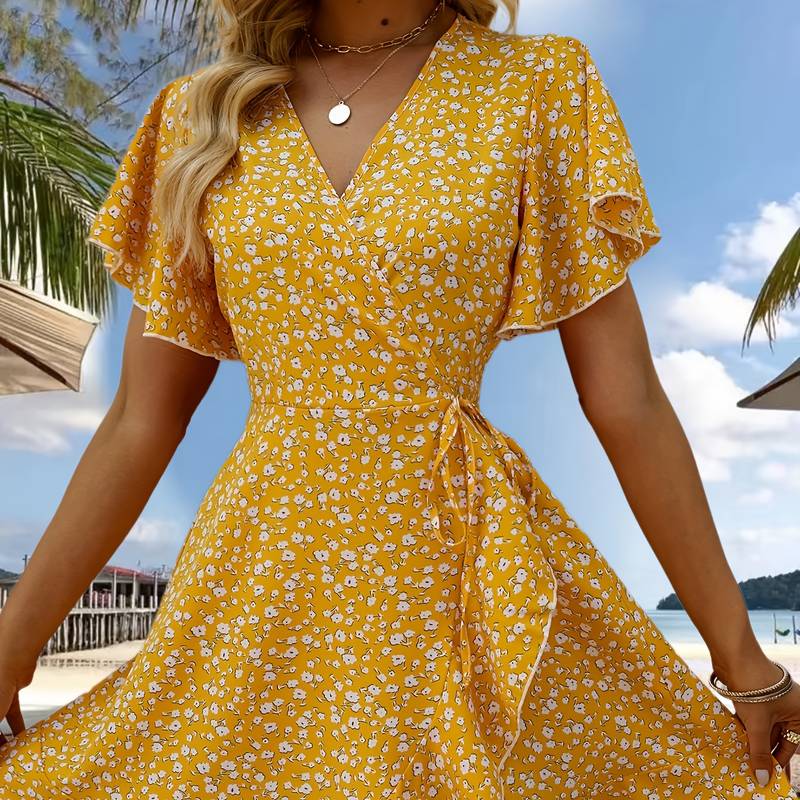 Why the Summer Dress Is Here to Stay
Why the Summer Dress Is Here to Stay
Understanding what a summer dress offers reveals its lasting impact. It combines innovation, comfort, and inclusivity in one essential garment. From streetwear to self-expression, it meets real needs with smart design. Whether chosen for style, simplicity, or confidence, the summer dress holds enduring relevance. As fashion evolves, these dresses continue improving. Indeed, what is a summer dress if not a quiet revolution in everyday comfort and creativity?

